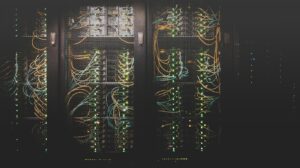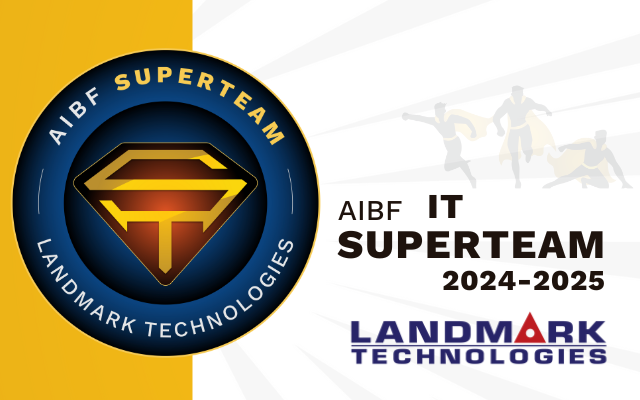Do I need a Server now the Cloud has taken over?
What is Cloud Computing?
‘The Servers Have Left The Building’
Cloud computing is when computing services are stored and accessed over the Internet instead of through physical hard drives.
These services often include servers, databases, software, networks, analytics and other computing functions that can be operated through the cloud.
Cloud computing services are broken down into three major categories: software-as-a-service (SaaS), platform-as-a-service (PaaS) and infrastructure-as-a-service (IaaS).
Software-as-Service (SaaS)
SaaS is an alternative to the standard software installation in the business environment where a user has to build the server, install the application and configure it.
In SaaS, the user does not pay for the software itself. Instead, it works like a rental. They have the authorisation to use it for a period of time and pay for the software that they are using. There are many benefits to SaaS, including but not limited to:
- No installation required – only a login is required.
- Reduced costs – No hardware costs or upfront costs as you are renting the software. The business user has the ability to use the software for a period of time they require and only pay for the time they are using it.
- It’s faster – Installation and set up is much faster than the traditional model. Not only is it faster to deploy but it is also faster to learn for the average business user. The applications have been made so that they are simple to use.
- Upgrades – This means that both cost and effort associated with upgrades and new releases is significantly lower with the SaaS model when compared
Platform-as-Service (PaaS)
PaaS is an outgrowth of SaaS. PaaS extends the SaaS model to improve the speed and cost of application development and delivery. This service lets you rent the entire infrastructure you need to develop and run your own applications in the cloud.
Developers have traditionally used on-site infrastructure such as; servers, storage and networking to design and deploy applications. What PaaS does is recreates this in the cloud, allowing developers to engineer simple and highly complex applications on a pay-as-you-go basis. PaaS also provides resources like; development tools, libraries and database management systems, so developers don’t have to worry about infrastructure logistics at all.
Infrastructure-as-Service (PaaS)
Infrastructure-as-a-Service (IaaS) is a model of cloud computing in which the entire physical infrastructure needed to support a computing environment is provided by a third party. Common use cases for IaaS can involve anything from running a single VPS for personal cloud storage all the way up to provisioning a complete virtual data centre for enterprise PaaS deployments.
Cloud Computing and Business
The main benefit of cloud computing is that the burden of owning your own data centre and company infrastructure is gone. Instead, the company rents the applications, processing power, and storage they need from their cloud service provider. The costs at the front end drastically reduced, and the company only pays for what they actually need and use which streamlines the business processes and strategy. The maintenance and updates are all done by the cloud service provider, reducing the tasks for in house IT.
Landmark offers comprehensive Cloud Computing Services. We know that “The Cloud” can be confusing so let us help you. We are experienced in delivering cloud solutions, and are on-hand to help with advice, installations, migration, support, ensuring your Cloud is successful. Contact us now.
[email-subscribers-form id=”1″]











